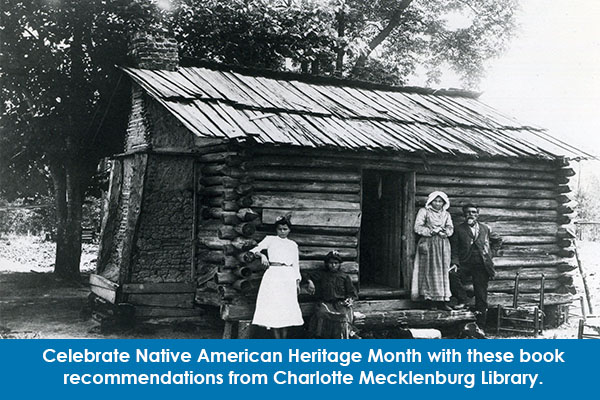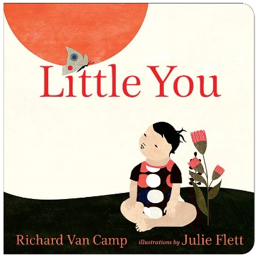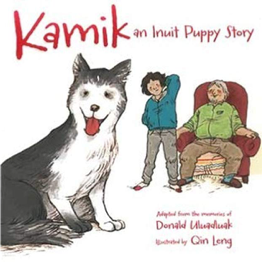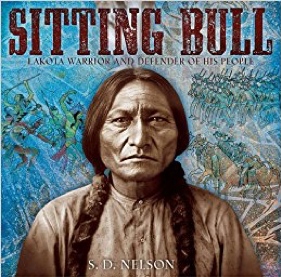By our Smarty friends at the Charlotte Mecklenburg Library
While sitting down to enjoy a feast with family and friends should certainly be a part of your November, how can we also involve our children in conversations about Native Americans? Children’s books that respect the sovereign tribes that live in North America aren’t always easy to find. Indeed, there are many that provide outdated and stereotyped depictions that paint living cultures in hurtful ways.
There was much controversy this year when a children’s lifetime literature award was renamed due to the depictions of native peoples in the Little House books written by Laura Ingalls Wilder. The books themselves were never removed from any libraries, but discussion remained heated. Challenging parts of books written in different times by people who were not part of the culture depicted can be hard to reconcile with our nostalgic feelings toward books we loved as children.
That said, what should we offer our children if we want respectful and true depictions of Native American cultures and their sacred stories? There are a couple places we can look, including the American Indian Library Association Youth Literature Awards and American Indians In Children’s Literature Best Books.
Here are a few suggestions to get you started at the library!
Little You
by Richard Van Camp
This board book lovingly describes parents’ joy in their growing baby. Rhyming text is accessible for parents of any culture, though it was written for modern families of the Metis tribe. Collage-like illustrations are full of warm rich earth tones and follow baby’s smiling eyes and looks of wonder.
All Around Us
by Xelena Gonzalez
This picture book is a conversation between a young girl and her grandfather about circles and cycles. The rainbow is really a circle that provides the earth with life and water and the young girl sees cycles in the seeds and leaves that are returned after harvest. Lovely illustrations display the warmth of the family bond.
Kamik: An Intuit Puppy Story
by Donald Uluadluak
Jake is so excited to finally get a puppy that he can train as a sled dog of his own. But puppies are a lot of work, and there’s much Jake needs to learn from his grandfather about how to train a good sled dog. Exuberant and vibrant illustrations capture the delight and dismay of raising a new puppy.
The Birchbark House
by Louise Erdrich
The first book in an excellent series alternative to the Wilder books, The Birchbark House series follows the Ojibwa family of Omakayas and begins during the summer of 1847 on an island in Lake Superior. This is an example of well-researched historical fiction, and it’s a true delight to read, with excellent descriptions of the joys and, unfortunately, sorrows of the time.
Sitting Bull Lakota Warrior and Defender of His People
by S. D. Nelson
This is a juvenile biography of one of the most famous of the Lakota people. This upper-elementary book is well-researched and includes photos from the era as well as illustrations drawn on ledger paper, which was a historic practice for imprisoned American Indians. Most appropriate for ages 8-11, this provides a historical story written from the first-person perspective.








